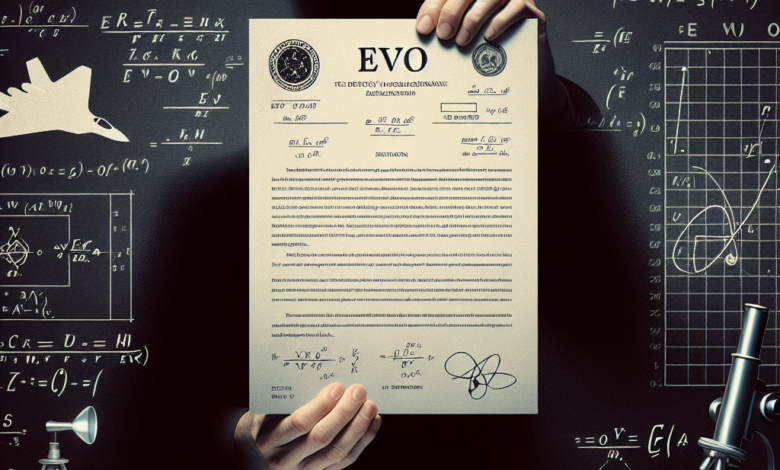Matt Ford Teases Audience with Cryptic Lou Clues In yesterday’s buzzworthy interaction, Matt Ford left fans in suspense by posing…
Read More »Potential
In a recent twist that’s causing quite a stir online, former Pentagon official Lou Elizondo has reportedly made a startling…
Read More »Unearthing UFO Secrets: The Suppressed Science of Plasma Physics and Energetic Propulsion In an intriguing twist, key scientific research potentially…
Read More »New Allegations Surface About Dick Cheney’s Role in Potential Crash Retrieval Program In recent weeks, the internet has been buzzing…
Read More »Explosive Revelations: Russia Allegedly Possesses Reverse-Engineered UFO/UAP Weaponry, Experts Claim In a startling development that is shaking the world of…
Read More »Concerns Arise Over Possible Delays in U.S. Government Disclosure Efforts and Influence of Private Contractors In recent discussions among citizens,…
Read More »Exploring Realistic Goals for Statistical Analysis and Machine Learning Using UFO Data
Innovative Approaches: Achieving Realistic Goals in Statistical Analysis and Machine Learning for Unidentified Aerial Phenomena (UAP) Data
As interest in Unidentified Aerial Phenomena (UAP) grows, researchers are setting realistic goals for statistical analysis and machine learning applications to deepen our understanding. Here’s a breakdown of some achievable objectives:
-
Pattern Recognition and Anomaly Detection: Utilizing machine learning algorithms to identify patterns and detect anomalies in UFO sighting reports.
-
Data Classification: Developing models to classify sightings based on various features such as time, location, and physical characteristics.
-
Predictive Modeling: Creating predictive models to forecast future sightings based on historical data.
-
Geospatial Analysis: Conducting geospatial analysis to map sightings and identify potential hotspots.
-
Natural Language Processing (NLP): Applying NLP techniques to analyze the textual data from witness reports for common themes and entities.
- Clustering and Correlation Analysis: Leveraging clustering techniques to group similar sightings and performing correlation analysis to explore relationships between various factors.
These goals offer a blend of scientific rigor and technological innovation, paving the way for more objective and data-driven insights into the enigmatic world of UFOs.
Pattern Recognition and Anomaly Detection: Utilizing machine learning algorithms to identify patterns and detect anomalies in UFO sighting reports.
Data Classification: Developing models to classify sightings based on various features such as time, location, and physical characteristics.
Predictive Modeling: Creating predictive models to forecast future sightings based on historical data.
Geospatial Analysis: Conducting geospatial analysis to map sightings and identify potential hotspots.
Natural Language Processing (NLP): Applying NLP techniques to analyze the textual data from witness reports for common themes and entities.
Breaking News: Machine Learning Set to Unlock New Insights in UFO Research The realm of Unidentified Flying Objects (UFOs) has…
Read More »



